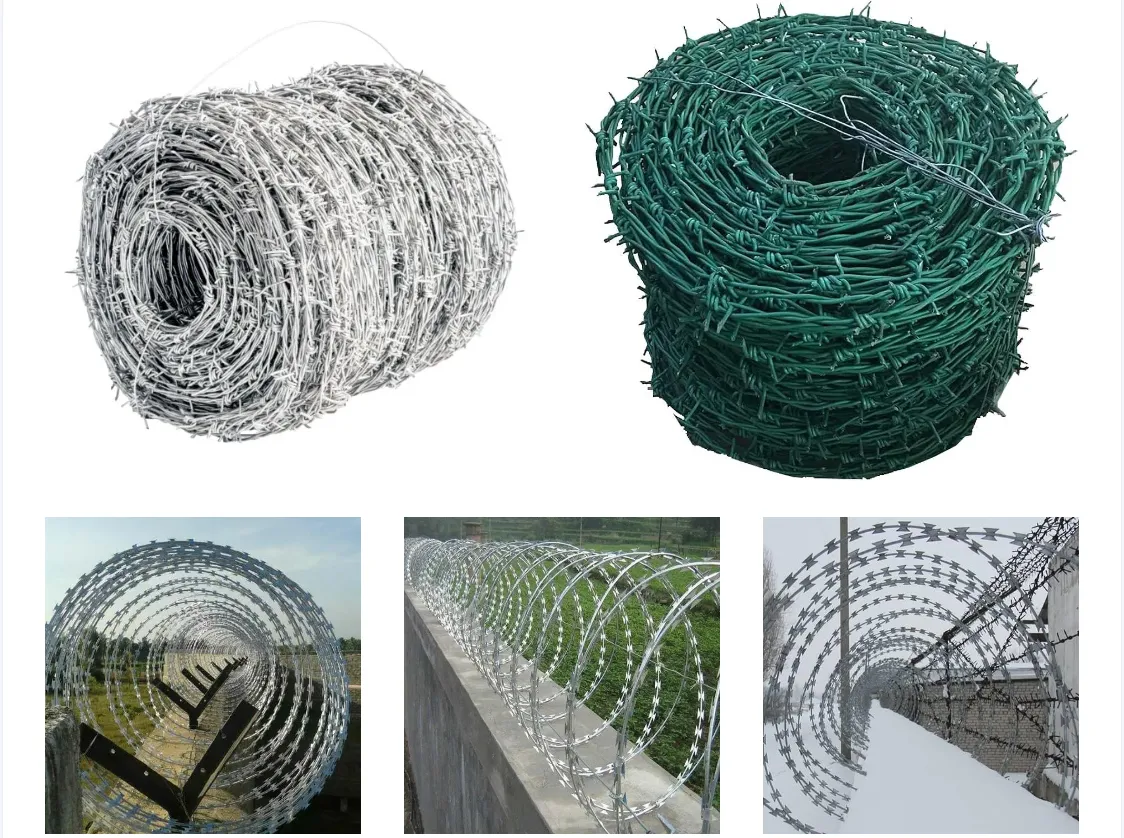Understanding Expanded Metal Mesh A Comprehensive Overview for Manufacturers
Expanded metal mesh is a versatile and innovative material widely utilized across various industries, ranging from construction and architectural design to industrial applications. This distinctive mesh is created through a process that involves slitting and stretching a metal sheet, resulting in a network of unique diamond-shaped openings. With a range of benefits, including strength, lightweight, and aesthetic appeal, expanded metal mesh has garnered attention from manufacturers worldwide.
The Manufacturing Process
The manufacturing process of expanded metal mesh begins with selecting the appropriate metal sheets, which can be made from materials such as aluminum, steel, stainless steel, or copper, depending on the specific requirements of the application. The first step involves slitting the metal sheet. This process creates a series of elongated slits, which are then mechanically stretched or expanded to form the mesh pattern. The result is a material that not only retains a robust structure but also allows for superior airflow, visibility, and drainage, which are crucial for many applications.
Types of Expanded Metal Mesh
Manufacturers produce various types of expanded metal mesh to cater to diverse needs. These include
1. Standard Expanded Metal This is the most common form, characterized by a uniform pattern and is used for fencing, skylights, and walkways. It provides a reliable balance between strength and weight.
2. Flattened Expanded Metal Following the expansion process, the material undergoes a flattening stage, which results in a smooth surface. This type is often used in architectural applications, where aesthetics play a crucial role.
3. Heavy-Duty Expanded Metal Designed for high-impact applications, heavy-duty expanded metal features thicker sheets and a larger opening size, making it ideal for use in industrial environments.
expanded metal mesh manufacturers

Applications of Expanded Metal Mesh
The versatile nature of expanded metal mesh allows it to be employed in a myriad of applications. In the construction sector, it serves as a lightweight alternative for concrete reinforcements and can be used in elevator shafts, flooring, and roofing to provide substantial strength without adding excessive weight. Its durability makes it suitable for outdoor use, where it can withstand harsh weather conditions.
In the industrial realm, expanded metal mesh is utilized for safety barriers, grates, and catwalks, providing both safety and structural integrity. Additionally, the mesh's open design allows for drainage and prevents the accumulation of debris, making it a prudent choice for environments where hygiene and cleanliness are paramount.
Moreover, in the realm of aesthetics, architects and designers often incorporate decorative expanded metal into their projects. Whether utilized in facades, railings, or as a unique design element, the mesh provides an eye-catching feature that can enhance the overall visual appeal of a building.
Advantages of Expanded Metal Mesh
One of the standout qualities of expanded metal mesh is its strength-to-weight ratio. The manufacturing process results in a metal product that is both lightweight and exceptionally strong, making it suitable for various demanding applications. Additionally, the open design permits excellent airflow and visibility, coupled with minimal material wastage during production.
Economically, expanded metal mesh is a cost-effective solution. Its durability reduces the need for frequent replacements, leading to lower long-term maintenance costs. Furthermore, its manufacturing flexibility allows for customization in terms of sizes, shapes, and patterns, giving manufacturers the ability to meet specific customer requirements.
Conclusion
In conclusion, expanded metal mesh has established itself as a vital component in numerous sectors due to its unique properties and versatile applications. Manufacturers who specialize in producing this innovative material are not only meeting the demands of industries but also pushing the boundaries of design and functionality. Through the continued development of new materials, designs, and applications, the future of expanded metal mesh looks promising, shaping the landscapes of construction, architecture, and industrial design for years to come.
-
Why Galvanized Trench Cover Steel Grating Resists Corrosion
NewsJul.10,2025
-
The Versatility and Strength of Stainless Expanded Metal Mesh
NewsJul.10,2025
-
Load Calculations in Steel Grating Platforms
NewsJul.10,2025
-
Keeping Pets and Kids Safe with Chicken Wire Deck Railing
NewsJul.10,2025
-
Hole Diameter and Pitch for Round Perforated Metal Sheets
NewsJul.10,2025
-
Aluminium Diamond Mesh in Modern Architecture
NewsJul.10,2025
Subscribe now!
Stay up to date with the latest on Fry Steeland industry news.

